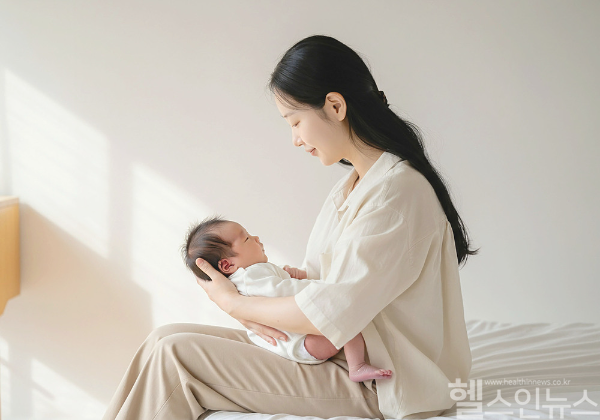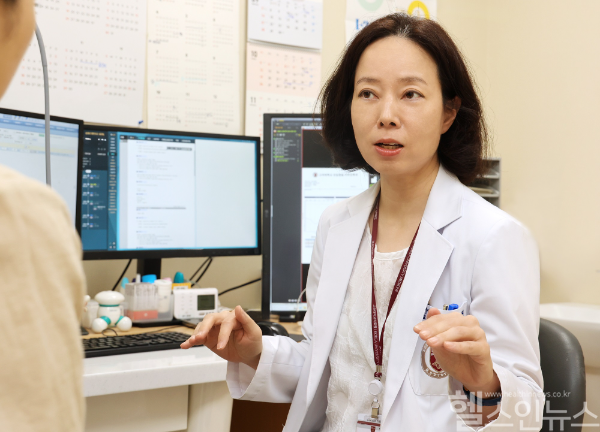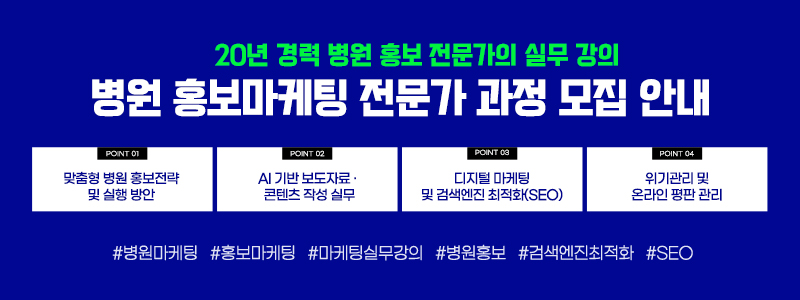Children who miss newborn hearing screening are typically diagnosed around 30 months of age—well beyond the critical window for language development. Missing this period can have lasting negative impacts on education and social integration. Early detection and intervention, therefore, are the cornerstone of effective management for congenital hearing loss.
The ‘1-3-6 Rule’: A Global Standard for Early Intervention
Countries like the United States and Germany adhere to the internationally recognized “1-3-6 rule” to ensure timely identification and rehabilitation of congenital hearing loss:
- 1 month: Conduct hearing screening.
- 3 months: Confirm diagnosis with follow-up testing.
- 6 months: Begin auditory rehabilitation.

Since 2018, South Korea’s national health insurance has covered newborn hearing screening, ensuring that all infants can be tested within their first month of life. Screening typically occurs before hospital discharge using automated auditory brainstem response (AABR) or otoacoustic emissions (OAE) tests, both of which are non-invasive and efficient.
If abnormalities are detected, a comprehensive diagnostic evaluation follows. From this stage, tailored interventions such as hearing aids, cochlear implants, or speech therapy are implemented.
Seamless Care: From Screening to Diagnosis to Rehabilitation
When a newborn is referred for further testing after screening, parents should not dismiss the result as temporary. Completing confirmatory testing by three months of age and initiating interventions—such as hearing aids, cochlear implantation, or speech therapy—by six months is pivotal for maximizing treatment outcomes.
Delays beyond this critical period can hinder language and cognitive development, reducing the effectiveness of interventions. If the brain’s window for language acquisition closes, even robust auditory rehabilitation may not fully restore typical language development.

Even newborns who pass initial screenings require vigilance if they fall into high-risk categories for hearing loss. These include:
- History of neonatal intensive care unit (NICU) admission
- Premature birth
- Family history of hearing loss
- History of perinatal or early-life viral infections
- Exposure to ototoxic medications (drugs that can damage hearing)
Expert Perspective: The Need for Systemic Support
Dr. Ji-won Jang, a professor of otolaryngology at Korea University’s Anam Hospital, oversees South Korea’s government-funded program for newborn hearing screening and pediatric hearing aid support. “With timely intervention, children with congenital hearing loss can achieve positive outcomes in both language acquisition and social development,” Dr. Jang emphasized. “However, it’s not enough to stop at screening. A structured system that seamlessly connects screening, diagnosis, and rehabilitation is essential, and sustained national support is critical to making this a reality.”
Lim Hye Jung, HEALTH IN NEWS TEAM
press@hinews.co.kr


